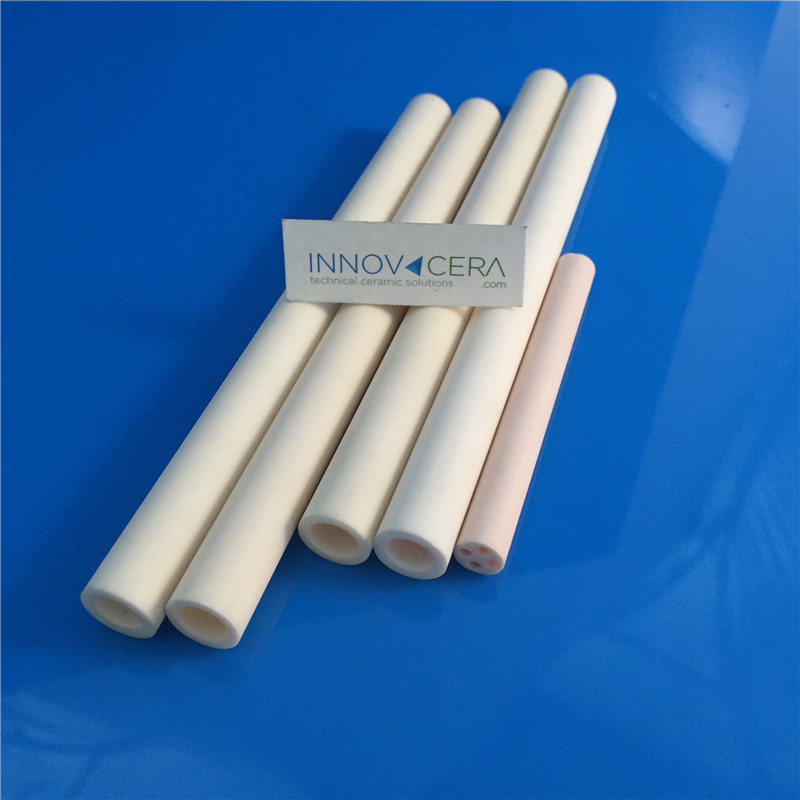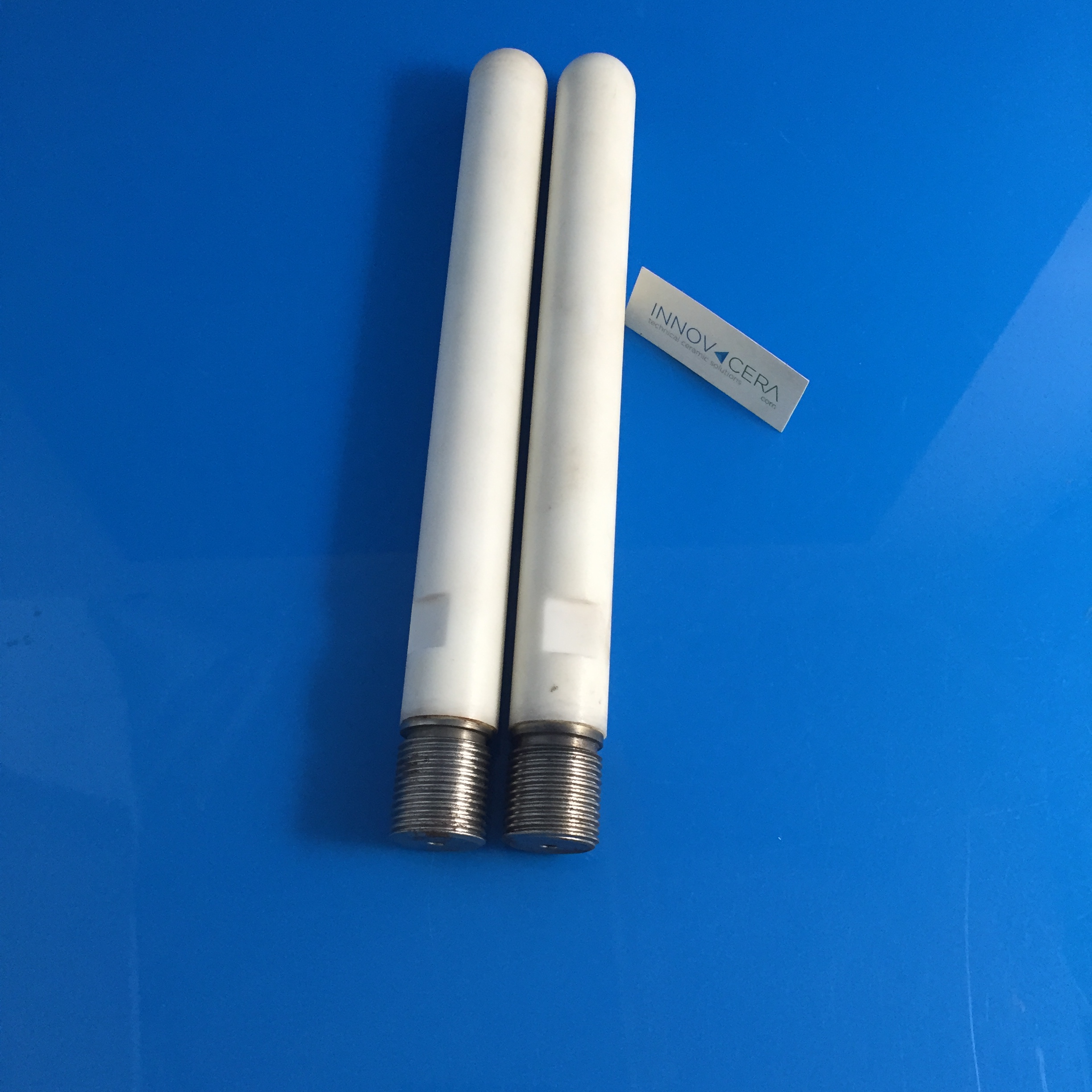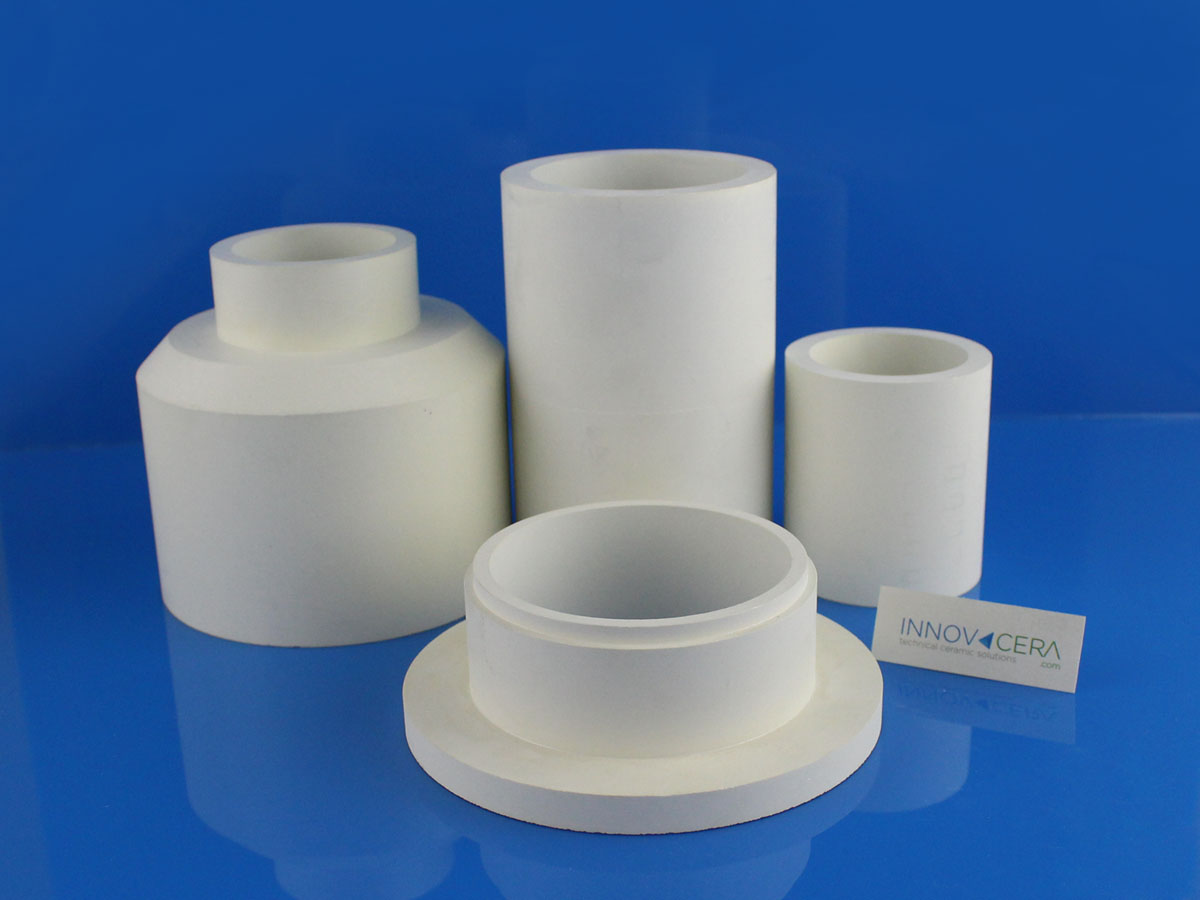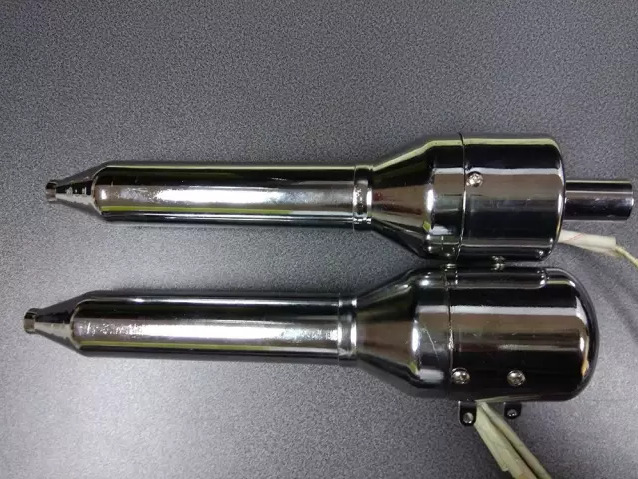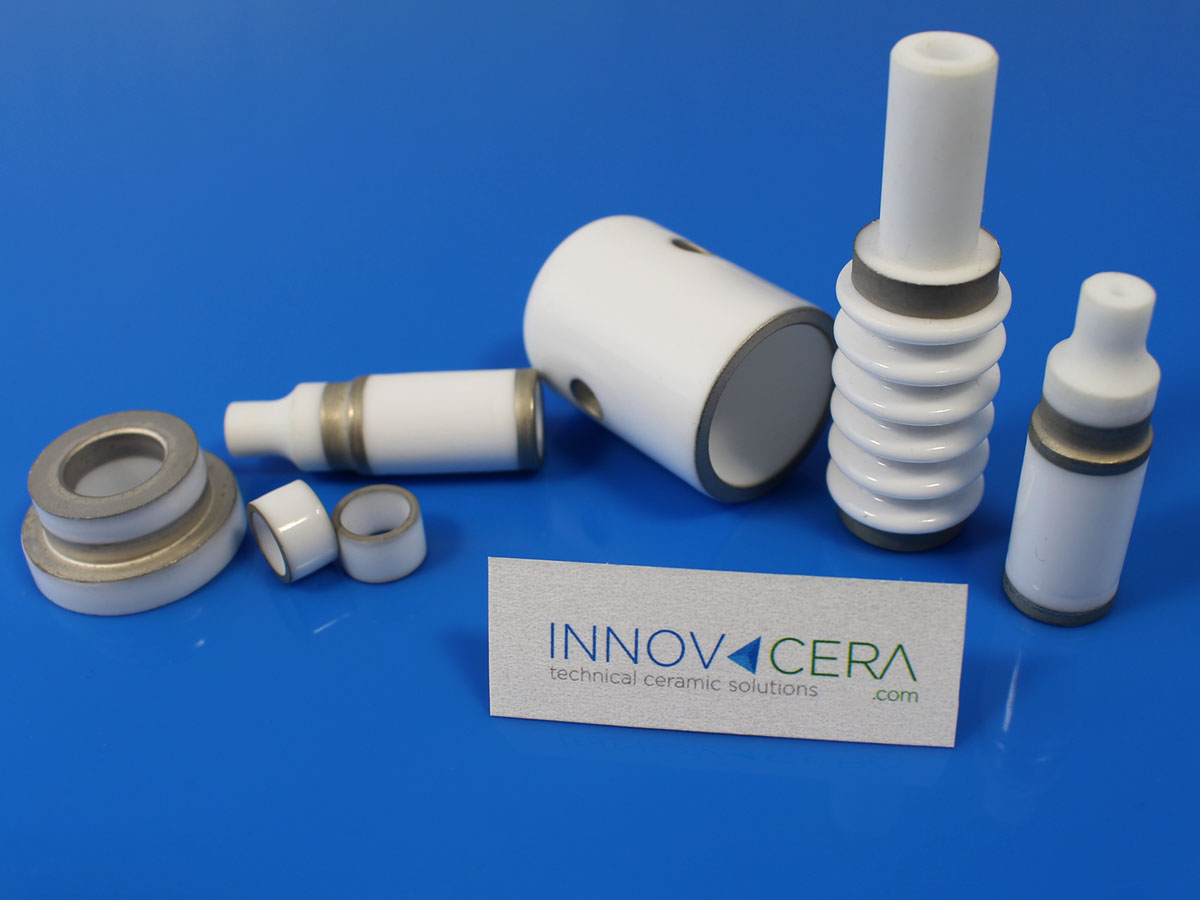
Brazing-ceramic is a special case of joining materials.
The technologies developed to perform the joining of ceramics to themselves or to other materials are different from most other brazing processes.
Ceramics, as everybody knows, are hard and brittle with nil ductility, and limited tolerance for tensile stresses.
Therefore if possible, ceramics are designed to be stressed in compression.
Although used as thermal insulators, they are sensitive to thermal shocks.
However, within limits, their properties can now be adapted to intended uses, especially by including in the mass strengthening (reinforcing) particles, fibres or whiskers.
And also by causing process induced structural transformations to enhance their suitability to various applications.
The main differences in Brazing-ceramic as opposed to metals stem from the fact that most regular brazing materials do not wet ceramics.
This is due to the basic physical properties of these materials, like their strong ionic and covalent bonding.
Furthermore, as ceramics have greater thermodynamic stability than metals, strong chemical bonds to enhance adhesion are not easy to form.
In the present increasing use of ceramics, due to the economic importance of joining them, of the many different methods applicable to perform acceptable joints, the most important and adaptable is probably still Brazing-ceramic.
Earlier ceramics were intended to withstand service at room temperature, essentially displaying insulating properties and wear resistance (in absence of shocks).
The development of more advanced types was promoted by the challenge to confront service conditions at elevated temperatures, in oxidizing or corrosive environments with substantial mechanical properties.
In particular, there is a major drive to find uses for ceramic in thermal engines and in energy-producing facilities for recovering waste heat. All these may need Brazing-ceramic.
The new developments are now called structural ceramics to signify their ability to meet exacting requirements in demanding service conditions.
It should be noted that ceramics can be monolithic or ceramic matrix composites.
Within each type designation or family, say Alumina, various classes are included that, depending on processing parameters, may exhibit quite different structural and mechanical properties.
Another consideration to keep in mind is that it may be quite difficult if not impossible to get tabulated design properties from handbooks or manuals.
That is because test results depend heavily upon specimen preparation and size, and on the type of test.
Also, joint design can have much influence on the success of the Brazing-ceramic joining process.
The reason is the substantial difference in the Coefficient of Thermal Expansion (CTE) between ceramics and metals, a fact that may introduce high stresses and possibly cracks conducive to failures.
Only exceptionally one can find a ceramic having CTE in the range of some low-expansion metals, a quite rare and welcome occurrence for performing Brazing-ceramic successfully.
One strategy often employed for bridging the gap in CTE values consists in designing joints to be stressed in compression.
Or, for widely different values of CTE, to interpose intermediate materials to provide a gradual passage from the minimum to the maximum of that property.
To promote the wetting of ceramics by filler metal and its adhesion to the surface, the following techniques are used:
1) – Indirect Brazing-ceramic by first coating the ceramic surface in the joint with material, usually a metal, suitable to be wetted by a regular filler metal that would not wet untreated ceramic surfaces.
The metallic coating acts as a transition material between metal and ceramic. Care must be taken to avoid that the coating sintering heat cycle crack the ceramic.
Typical in this class is the well known Molybdenum-Manganese coating. A slurry of specially prepared powders is applied to the ceramic as a paint.
It is then fired in a hydrogen atmosphere furnace at about 1500 °C (2730 °F) that causes glassy materials from the ceramic to migrate to the metal powder bonding it to the surface.
Other applied coating techniques resort to physical vapour deposition (PVD) for sputtering metals. Brazing-ceramic is then performed with regular brazing filler metals suitable to the metal to be joined.
2) – Direct Brazing-ceramic by using Active Filler Metals containing special alloying elements. The addition to regular silver-based brazing alloys, of metals having a strong affinity for the elements constituting the ceramic, promotes wetting and adhesion.
Thus, metals having a strong affinity for oxygen, like titanium, aluminium, zirconium, hafnium, lithium, silicon or manganese help conventional brazing alloys in wetting oxide ceramics without special preparation.
Metals that react with silicon, carbon or nitrogen help wetting silicon carbide or silicon nitride. Quite a few Active Filler Metals were developed over the years for scientific investigations and some of these are available commercially from known manufacturers (GTE Wesgo, Degussa AG, Lucas-Milhaupt, Handy & Harman).
It seems improbable though, that off the shelf materials can be procured and used in new applications of standard Brazing-ceramic processes without thorough study and preparation.
Two other cases should be presented in this context due to their large diffusion. One is the brazing of carbide tips to steel shanks. Carbide tools are usually manufactured by sintering titanium-, tantalum- or niobium-carbide with a cobalt binder. Other carbides and other metal binders are also used.
Silver base brazing filler metals containing nickel, like BAg-3, BAg-4 and BAg-22 have been successfully used. Tungsten carbide tools need a special sandwich filler metal including a copper shim to reduce residual stresses.
The other case refers to Silicon carbide tools, brazed using a Titanium base filler metal, or a titanium-containing silver-copper or nickel-titanium brazing alloys.
In conclusion, Brazing-ceramic although not simple to perform is a necessity if the special properties of ceramic materials of the most diverse types have to be exploited in actual implements. A thorough study and experimental development must be devoted as needed to obtain successful results.
The Special Mid August Bulletin 64, attached to our Practical Welding Letter issue 96 for August 2011, includes a rich Resources List of Online Links to readily available Information on Ceramic Brazing.
